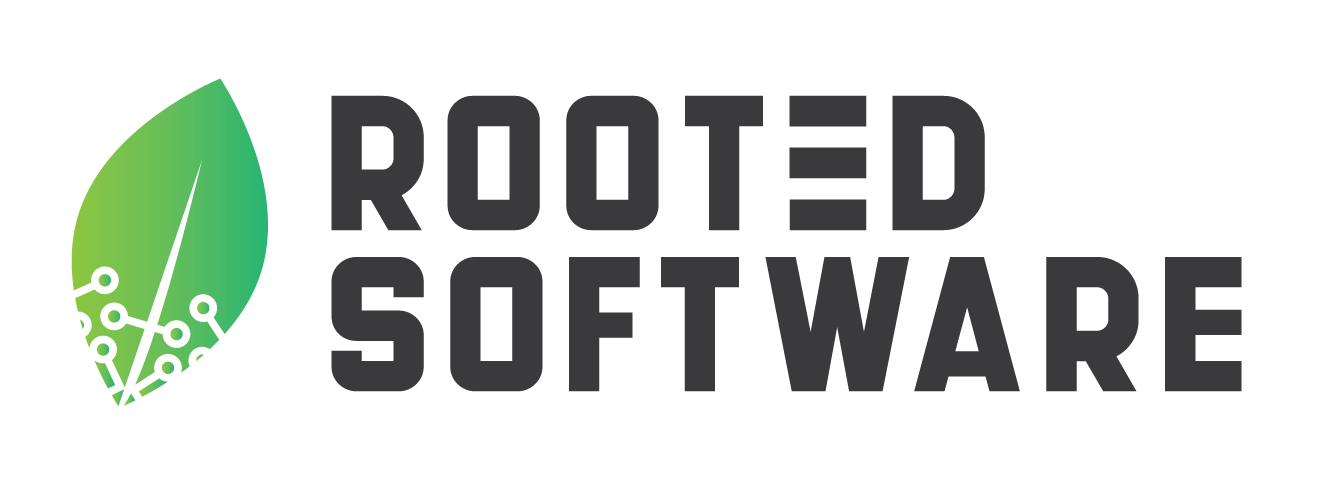Local IT Support vs.Remote IT Support —Which Is Best?
Nearly every business depends on reliable IT to stay online, secure, and productive.
Whether it’s responding to a service outage, recovering lost files, or installing a smart
TV in the conference room, technical support plays a key role in keeping things running
smoothly.
While remote support has grown in popularity, there’s still strong demand for local IT
support and in-person service companies. So how do you know which approach is right
for your organization?
In this post, we’ll break down the differences between local and remote IT support, look
at the pros and cons of each, and help you decide what fits your needs best.
What Is Local IT Support?
Local IT support means a skilled technician physically visits your office, home, or site to
solve technical issues. These services are typically offered by nearby service
companies or consulting services based in your region.
Local techs can help with a wide range of problems—from operating system crashes
and disaster recovery to smart home integration and even TV mounting. You might call
on local IT for a computer repair service, network cable cleanup, or help getting your
office Wi-Fi back online.
Because they’re just minutes away, these providers can often offer fast, hands-on help
when you need it most.
What Is Remote IT Support?
Remote IT support is technical assistance delivered virtually—by phone, chat, or remote
desktop tools. It’s a common part of managed IT services and consulting services,
especially for businesses that rely on cloud platforms or have remote staff.
Remote technicians can quickly fix software issues, perform system updates, adjust
security settings, and provide regular monitoring to keep your systems running
smoothly. Since no travel is required, help can begin instantly.
This form of support is especially useful for non-hardware problems, like password
resets, software bugs, or configuration changes.
Pros of Local IT Support
Local IT support offers a more personal, face-to-face experience. When you have a
skilled technician on-site, they can more easily assess the issue and find
solutions—especially for complex problems involving physical hardware or tangled
wiring.
It’s ideal for situations like office equipment setup, computer repair service calls, smart
home installs, or TV mounting where hands-on work is needed. Plus, if something
breaks and you need emergency help, a local tech can often be there in minutes.
Many businesses also appreciate the relationships they build with their local support
team. Having someone who understands your systems and space goes a long way in
keeping everything running smoothly.
Pros of Remote IT Support
When speed and efficiency matter, remote tech support shines. Since there’s no travel
involved, problems can be addressed right away—whether it’s a quick update or urgent
troubleshooting.
Remote support also scales easily. Whether your team is in one office or spread across
several cities, managed IT services can provide consistent help. It’s often more cost-
effective, too, especially for recurring support services or system monitoring.
Need help at 2 a.m.? Many remote support providers offer 24/7 assistance. This makes
it easier to maintain uptime and avoid delays when unexpected issues pop up.
Cons of Local IT Support
While local IT support has many strengths, it’s not always the best option for every
situation.
Travel delays—due to traffic, weather, or distance—can slow down the response time.
Also, local technicians may only be available during certain hours, which could be a
problem for businesses that operate nights or weekends.
Support can also be more expensive if you only need help with smaller, one-time
issues. And if your organization has multiple locations, coordinating support across
regions can be tricky without a broader network.
Cons of Remote IT Support
Remote support can’t fix everything. If your issue involves a disconnected cable, broken
printer, or physical server, you’ll still need someone on-site.
Connectivity issues may also prevent a technician from logging in remotely, especially if
your internet is down, or your firewall is overly strict.
Some users prefer the personal feel of in-person visits over remote calls or chats. And
while remote techs can do a lot, they may not have the full picture of your on-site
setup—especially when it comes to smart home systems or older infrastructure.
Which Option Is Right for You?
If your business relies heavily on hardware, physical servers, or in-person systems,
local IT support may be your best bet. Having a technician nearby for on-site help can
save time and reduce downtime.
On the other hand, companies with remote workers, multiple offices, or cloud-based
systems often benefit more from managed IT services with strong remote support.
Think about what services you need:
● Is disaster recovery a priority?
● Do you need recurring updates or consulting services?
● Are you looking for proactive monitoring or fast response times?
Many businesses find a hybrid model works best—combining remote efficiency with
local expertise when needed. These might also be achieved with a remote support
company that can fly technicians out when needed for projects, or collaborate with a
local staff person or contractor.
Conclusion & Next Steps
Both local and remote IT support have clear benefits. The best choice depends on your
business’s technological needs, response time expectations, and how your systems are
set up.
At Rooted Software, we offer custom support plans that include both local and remote
options—so you get the right level of service for your team. Whether you’re based in
California or Colorado, our team of skilled technicians is here to help.
Explore our Managed IT services in East Bay Area - Walnut Creek, CA, and Managed
IT services in Colorado Springs, CO, or contact Rooted Software today for a free
consultation and technology solutions tailored to your business.

